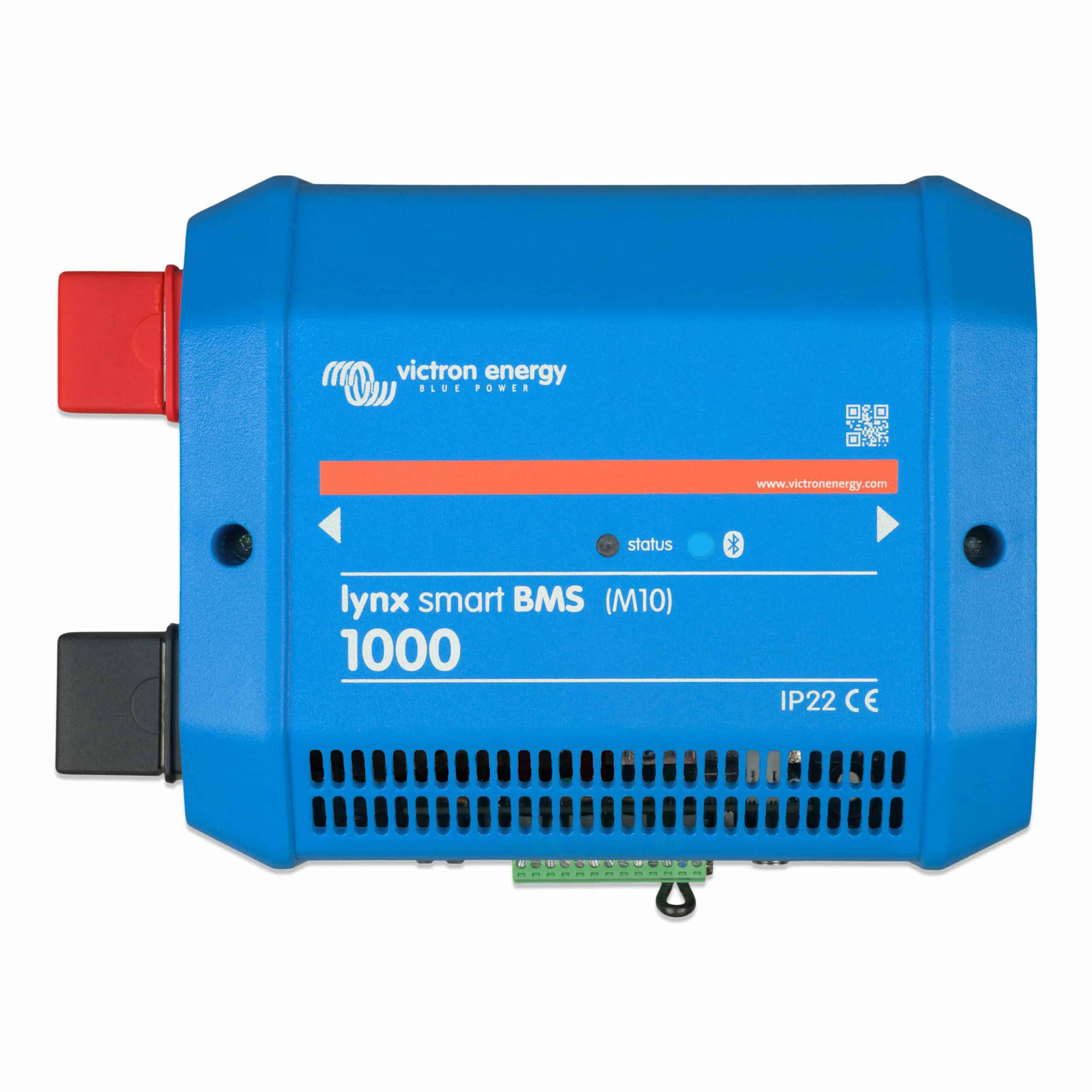Unsure what your system needs are for the new Lithium Battery Safety Standards?
Overkill specialises in the design and installation of lithium energy storage systems, ensuring they meet the rigorous AS3004 requirements.
Lithium Battery Management Systems (BMS) have greatly improved power management wherever these types of batteries are used, particularly in the Marine and Off-Grid sectors.
A BMS is a critical component of any lithium power system to ensure the safe operation and longevity of lithium batteries, and they must be compliant for the installation type being used.
The Overkill team adheres to the baseline guide AS/NZS 3004.2, Section 2.9.3 – Additional requirements for lithium-ion batteries.
Mark Smith, the head of SetMaritime, a highly regarded Marine Surveyor, Marine Engineer, and Electrical Contractor encourages ongoing discussion relating to Battery Management Systems.
He has highlighted an important development to be aware of about BMS in the recent review of AS/NZS3004.2, concerning batteries with an internal BMS. It has been proposed to adopt the notion that communication can be a wired or wireless configuration. This reference to wireless is a direct pull out of the recently released AS/NZS 3001.2:2022 Electrical installations – Part 2: Connectable electrical installations – Clause 5.4.12.3.4.
Currently, the monitoring via Bluetooth conductivity to an app, means the following parameters of the State of Charge data are displayed:
- Battery voltage
- Battery current
- Power
The failure here is that these apps do not communicate with other devices to control shutdowns of battery banks, power conversion equipment, loads, charging and cooling systems or initiate BMS alarms.
This may be an appropriate system for land-based Recreational Vehicles, in that if it all goes wrong you can pull the car over to the side of the road and get out to watch it burn at a safe distance. However, a vessel at sea, if it all goes wrong, the last thing you want to do is to get off into the water and be reliant on lifesaving appliances, while you watch it burn.
An old seafarer’s adage is, “Always step up to lifesaving appliances and never step down”. That is to say that the last option is to get into the water. To avoid this option, warning alarms inform you of a problem before it becomes critical thereby allowing you to take corrective action or suppress fires before the situation gets out of hand.
In summing up, Mark highlighted the issue that batteries with an internal BMS and no communication ports fitted cannot communicate with other batteries and devices such as power conversion equipment, charging systems, alarms, and cooling systems.
The fitting of a Smart Shunt will not overcome this problem, as it does not communicate with the BMS but operates independently of it and monitors the following State of Charge data:
- Battery voltage
- Battery current
- Power
- Aux input reading (starter battery, midpoint or temperature)
These above monitoring parameters do not fully cover the requirements as set out in the Standard for BMS and do not allow for an alarm relay like the Victron BMV series hardware for example.
Therefore, a lithium battery with an internal BMS to effectively work must have communication capability with other batteries and devices such as power conversion equipment, charging systems, alarms, and cooling systems.
Mark referenced AS/NZS 5139:2019 – Electrical installations – Safety of battery systems for use with power conversion equipment, to provide further clarification on this matter. From this Standard in Clause 1.3.16 (Mark paraphrased):
BMS – Electronic system that monitors and manages a battery or battery systems electrical and thermal states enabling it to operate within its safe region for the particular battery. The BMS provides communication between the battery or battery system and the power control equipment and potentially other devices.
Quite simply, Lithium batteries with an internal BMS, that have no communication ports, do not provide the level of safety that is required for marine installations. Additionally, the use of Bluetooth-connected devices does not provide communication with other devices to control other batteries, power conversion equipment, loads, charging and cooling systems. Also, with the reliance upon an app that will turn off after the connected device (iPhone, iPad, etc) is power-down. Once the connected device is powered up again, it then requires user intervention to turn the app back on.
The Overkill team is experienced in the design and installation of lithium energy storage systems. We understand these systems and how the BMS achieves compliance and configuration for the communication needed.
Call us to discuss your lithium electrical system requirements. Contact us via our website or phone: (02) 9484 2387.

